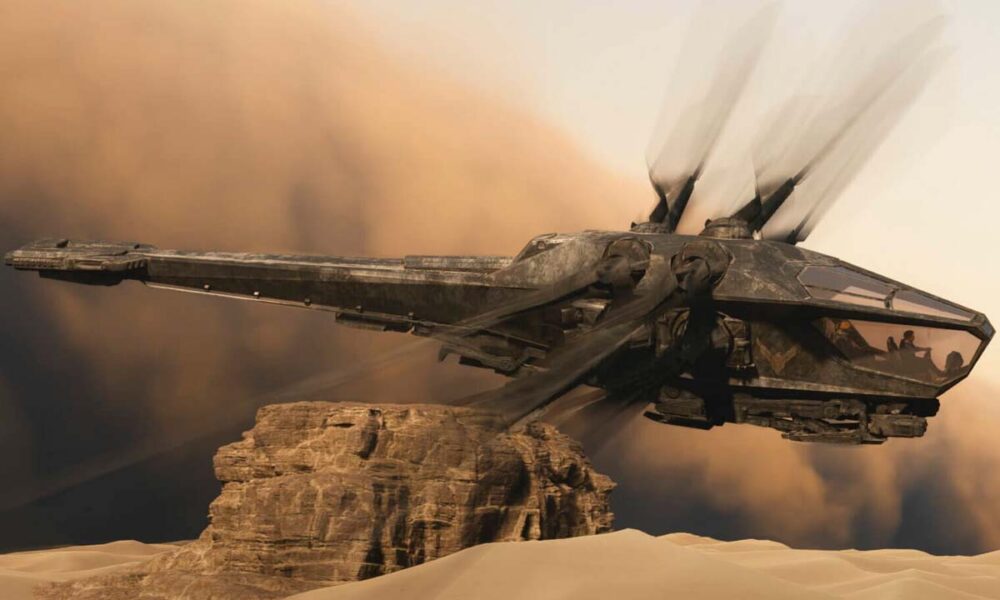The research team identifies potentially anomalous rocks by examining the interaction between dust and large rocks. The surface of our moon is almost completely covered with dust. Unlike Earth dust, this lunar dust is not softened by wind or weather conditions, but retains its sharp edges and carries an electrostatic charge. This powder has been studied since the Apollo era in the late 1960s.
Now, Dr. from the University of Münster. An international research team led by Ottaviano Rüsch has discovered for the first time meter-sized anomalous rocks on the Moon’s surface, covered in dust and possibly exhibiting unique features such as magnetic anomalies. The most important conclusion reached by scientists is that very few rocks on the Moon have a dust layer with very special reflective properties.
For example, dust on newly discovered rocks reflects sunlight differently than previously known rocks. These new discoveries help scientists understand the processes that form and change the lunar crust. The results of the research were published at: Journal of Geophysical Research – Planets.
Magnetic anomalies and reflective properties of the moon
Magnetic anomalies are known to exist on the Moon’s surface, especially near the region called the Rainier Gamma. However, the question of whether rocks can be magnetic has never been investigated. “Current knowledge of the Moon’s magnetic properties is very limited, so these new rocks will shed light on the Moon’s history and magnetic core,” says Ottaviano Rüsch from the Institute of Planetology, who classified the discovery.
“For the first time, we have investigated the interaction of dust with rocks in the gamma Rayner zone, or more precisely, the changes in the reflective properties of these rocks. For example, we can infer to what extent and in what direction sunlight is reflected from these large stones.”
Using AI to explore the Moon
The research group was initially interested in cracked rocks. For the first time, they used artificial intelligence to find images of nearly a million rock fragments, also taken by the Lunar Reconnaissance Orbiter. “Modern data processing techniques allow us to gain completely new insights into global contexts, which is also how we continue to find unknown objects, such as the anomalous rocks we investigated in this new study,” says the centre’s Valentyn Bickel. for Space and Life at the University of Bern. The search algorithm found nearly 130,000 interesting stones, half of which have been studied by scientists.
“Only in one image did we recognize a rock with distinct dark areas. This rock was very different from the others because it scattered less light towards the sun than the other rocks. We suspect that this is related to the special structure of the dust, such as the density and size of the dust grains,” explains Ottaviano Rüsch.
“Normally, lunar dust is very porous and reflects most of the light back in the direction of illumination. However, when the dust is compressed, the overall brightness usually increases. This is not the case for the observed dust-covered rocks,” adds Marcel Hess from TU Dortmund University.
This is an exciting discovery, but scientists are still in the early stages of understanding this dust and its interaction with rock. In the coming weeks and months, scientists want to continue investigating the interactions between dust and rocks and the processes that lead to the formation of the dust’s special structure. These processes include, for example, the removal of dust due to electrostatic charge or the interaction of the solar wind with local magnetic fields.
Future exploration and exploration of the Moon
In addition to numerous other international unmanned space missions to the Moon, NASA will send an automated rover, mobile robot, to the Rainier Gamma region in the coming years to find similar types of rocks with special dust. Even if this is still a vision of the future, a better understanding of dust movement could help plan human settlements on the Moon, for example. After all, we know from the experiences of the Apollo astronauts that dust creates many problems, such as contamination of living spaces (such as space stations) and technical equipment.













